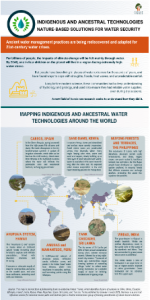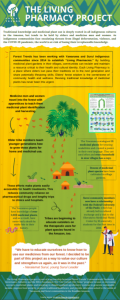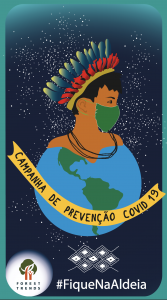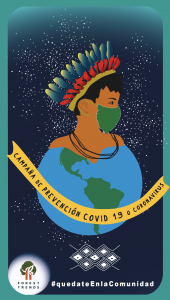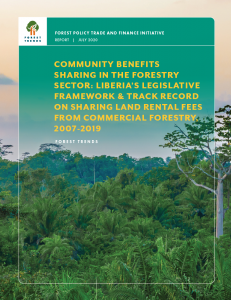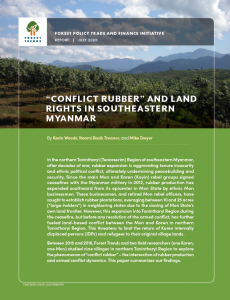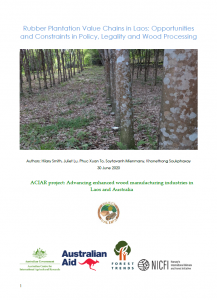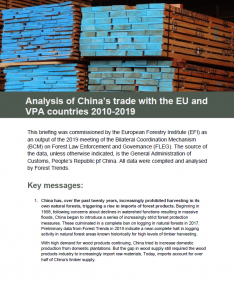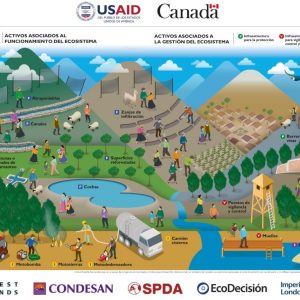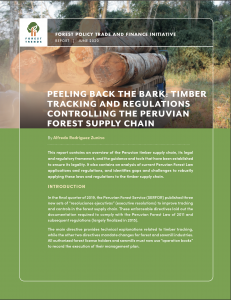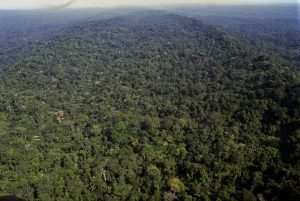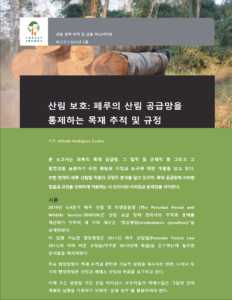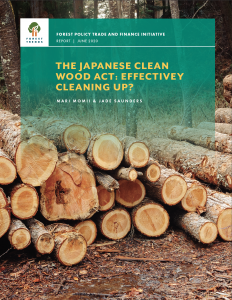The Living Pharmacy Project
By Cheyenne Coxon and Genevieve BennettForest Trends has been working with Yawanawa and Suruí indigenous communities since 2014 to establish “Living Pharmacies.” By building medicinal plant gardens in their villages, communities can reclaim and maintain a resource critical to their health and cultural identity. Each Living Pharmacy is a place where elders can pass their traditions on to the next[…]
COVID-19 Prevention Leaflet (Portuguese)
Dependent Documents
Email Signup
Subscribe to any of Forest Trends’ mailing lists to keep up with the news, publications, and events that interest you.
Having Trouble?
If you experience any technical difficulties on our site, please contact Genevieve Bennett, Communications Manager.
Community Benefits Sharing in the Forestry Sector: Liberia’s Legislative Framework & Track Record on Sharing Land Rental Fees from Commercial Forestry 2007-2019
Liberia’s legislative framework explicitly requires that communities impacted by logging should also share in the benefits of the commercial activity. This briefing summarizes the legal requirements on benefits sharing and then analyzes Liberia’s track record implementing this framework since resumption of logging after the country’s civil war. The forthcoming National Forest Forum and subsequent efforts[…]
“Conflict Rubber” and Land Rights in Southeastern Myanmar
By Kevin Woods, Naomi Basik Treanor, and Mike DwyerIn the northern Tanintharyi (Tenasserim) Region of southeastern Myanmar, after decades of war, rubber expansion is aggravating tenure insecurity and ethnic political conflict, ultimately undermining peacebuilding and security. Since the main Mon and Karen (Kayin) rebel groups signed ceasefires with the Myanmar military in 2012, rubber production has expanded southward from its epicenter in Mon[…]
Rubber Plantation Value Chains in Laos: Opportunities and Constraints in Policy, Legality and Wood Processing
By Hilary Smith, Juliet Lu, Phuc Xuan To, Soytavanh Mienmany, Khonethong SoukphaxayStudies on rubber (Hevea brasiliensis) in the Lao People’s Democratic Republic (Lao PDR, Laos) have largely focussed on land allocation and relations between the Lao State, investors, and Lao rubber farmers. The history and international context, and some environmental and social impacts have been investigated to a lesser extent, and there are no comprehensive studies[…]
Analysis of China’s Trade with the EU and VPA Countries 2010-2019
By EU FLEGT Facility and Forest TrendsThis paper assesses China’s forest product imports from FLEGT VPA countries and exports to the European Union (EU) plus European Free Trade Agreement (EFTA) Member States between 2010-2019, set within the context of overall trade and market dynamics driving China’s supply and demand for forest products. We demonstrate that following China’s closure of its own[…]
Infografía – ¿Qué activos estratégicos intervenir con IOARR en Ecosistemas?
Las inversiones en optimización, ampliación marginal, reposición y rehabilitación – IOARR son intervenciones puntuales sobre uno o más activos estratégicos (AE) que integran una Unidad Productora (UP). En el caso de IOARR aplicadas a infraestructura natural, la Unidad Productora es un ECOSISTEMA determinado (como un bofedal o bosque seco) que brinda servicios diversos, como regulación[…]
Peeling Back The Bark: Timber Tracking and Regulations Controlling the Peruvian Forest Supply Chain
By Alfredo Rodriguez ZuninoIn the final quarter of 2019, the Peruvian Forest Service (SERFOR) published three new sets of “resoluciones ejecutivas” (executive resolutions) to improve tracking and controls in the forest supply chain. These enforceable directives laid out the documentation required to comply with the Peruvian Forest Law of 2011 and subsequent regulations (largely finalized in 2015). The […]
Dependent Documents
BUSCANDO TRAS LA CORTEZA: TRAZABILIDAD DE LA MADERA Y REGULACIONES PARA EL CONTROL DE LA CADENA DE PRODUCCIÓN FORESTAL EN EL PERÚ
By Alfredo Rodriguez ZuninoCOUP D’OEIL SOUS L’ÉCORCE : RÉGLEMENTATIONS ET TRAÇABILITÉ EN MATIÈRE DE CONTRÔLE DE LA CHAÎNE PÉRUVIENNE
By Alfredo Rodriguez Zunino反本溯源:木材追踪及秘鲁森林供 应链管控法规
By Alfredo Rodriguez Zunino산림 보호: 페루의 산림 공급망을 통제하는 목재 추적 및 규정
By Alfredo Rodriguez ZuninoThe Japanese Clean Wood Act: Effectively Cleaning Up?
By Mari Momii and Jade SaundersIn May 2016, the Government of Japan introduced the Act on Promotion of Use and Distribution of Legally- Harvested Wood and Wood Products – also known as the Clean Wood Act (CWA). Though it is Japan’s first piece of legislation requiring companies to trade in legal timber, the CWA created no penalties for those found […]

